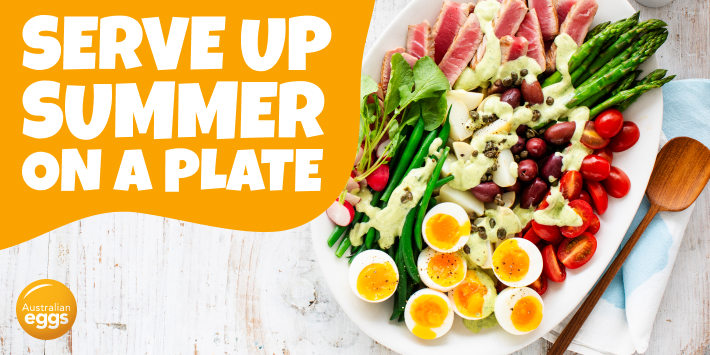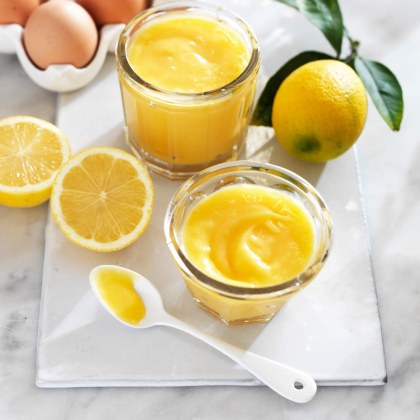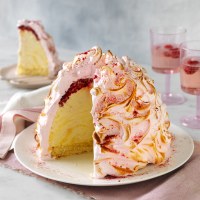3 ways to make lemon curd (microwave, stovetop and double boiler)
Did you know you can make curd in three different ways? No matter what equipment you have, a delicious bowl of fruit curd is just a few steps away.
How to cook curd in the microwave
You can use a microwave on low power (50%) to gently cook curd. For this method, you’ll need to pause the microwave every minute to stir the curd thoroughly. This fuss-free method is great because you don’t need any saucepans or a stove top. Get more tips for cooking curd in the microwave here.
GET THE RECIPE: Easy Microwave Lemon Curd by Australian Eggs
How to cook curd on the stovetop
Cook your curd using a saucepan directly on the stove top. You will need to use the smallest hob and whisk continuously to prevent the curd from sticking to the bottom of the pan.
GET THE RECIPE: Strawberry Curd by Australian Eggs
How to make curd in a double boiler
The double boiler method of cooking curd is very similar to the stovetop method, but because the heat is not direct there's less risk of forming lumps. If you don’t have a double boiler, create your own by placing a heat-safe glass bowl on top of a larger pot. Add enough water to come ¼ of the way up the saucepan, making sure the bottom of the bowl doesn’t touch the water. Heat over medium heat and bring to a simmer.
Follow the curd recipe and cook the curd in the double boiler, whisking continuously to prevent lumps.
Common curd mistakes
There are a few common mistakes that can result in your curd turning lumpy or curdling. Avoid these to be sure your curd comes out smooth and creamy!
Scalded eggs
If you add sugar to your yolks and let them sit there, you’ll find the yolks turn hard and lumpy. To avoid this, whisk the yolks and sugar together right away and don’t delay the next steps.
Lumpy eggs
Not taking the time to break up the egg properly before you start cooking will make your curd lumpy. Usually this is caused by proteins in the egg white, so make sure you really whisk those eggs.
Cooking over high heat
Curd needs to be cooked gently, over low to medium-low heat. It takes time…you can’t rush it. Increasing the heat will increase the chances of the curd splitting and producing a very eggy flavour and grainy texture.
Inconsistent whisking
Curds take around 10-15 minutes to cook, and you need to be whisking the whole time! You can’t walk away from the pan, or else the curd will cook unevenly and get lumps.
Overcooked curd
Often people will think that the curd doesn’t look thick enough, and will keep cooking for too long. Curds will thicken upon standing, so don’t overcook it. Dip a spoon into the curd and run your finger across the back of it. If the line remains, it’s ready.
Using warm butter
Use chilled butter and add it slowly. This brings the temperature of the curd down slowly to prevent it overcooking. Melted or softened butter will melt too rapidly in the lemon curd, and can cause your curd to split.
More curd recipes
Discover more flavours and ways to use curd below! Enjoy on cakes, pancakes, waffles, toast and more.
GET THE RECIPE: Pine Lime Curd by Australian Eggs
This pineapple and lime curd tastes just like a tropical holiday! Vibrant zingy, you can make this curd all year round since it uses tinned pineapple.
























